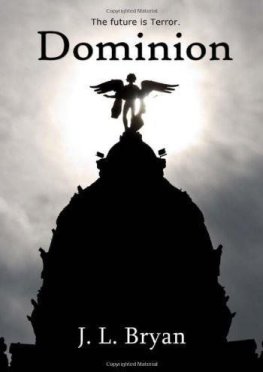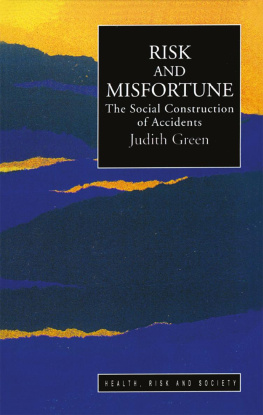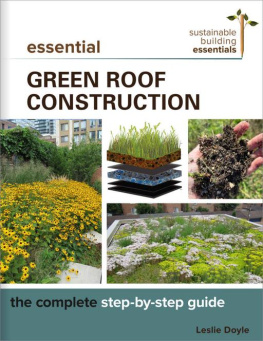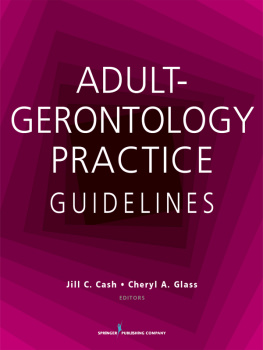Originally published in 1993 by Transaction Publishers.
Published 2009 by Transaction Publishers
Published 2017 by Routledge
2 Park Square, Milton Park, Abingdon, Oxon OX14 4RN
711 Third Avenue, New York, NY 10017, USA
Routledge is an imprint of the Taylor & Francis Group, an informa business
New material this edition copyright 2009 by Taylor & Francis.
All rights reserved. No part of this book may be reprinted or reproduced or utilised in any form or by any electronic, mechanical, or other means, now known or hereafter invented, including photocopying and recording, or in any information storage or retrieval system, without permission in writing from the publishers.
Notice:
Product or corporate names may be trademarks or registered trademarks, and are used only for identification and explanation without intent to infringe.
Library of Congress Catalog Number: 2009015499
Library of Congress Cataloging-in-Publication Data
Green, Bryan S. R.
Gerontology and the construction of old age / Bryan S. Green; with a
new introduction by Roberta R. Greene and Robert G. Blundo.
p. cm.
Includes bibliographical references and index.
ISBN 978-0-202-36255-7 (acid-free paper)
1. Gerontology. 2. Discourse analysis. I. Title.
HQ1061.G714 2009
305.26--dc22
2009015499
ISBN 13: 978-0-202-36255-7 (pbk)
To my grandmother, Elizabeth Millard
We have arranged for ourselves a world in which we can liveby positing bodies, lines, planes, causes and effects, motion and rest, form and content; without the articles of faith nobody now could endure life. But that does not prove them. Life is no argument. The conditions of life might include errors.
Friedrich Nietzsche (1974, p. 177)
In the welcome second edition of his text Gerontology and the Construction of Old Age, Bryan Green adroitly employs the lens of constitutive realism as a tool to analyze professional discourse, providing a background for the reader to examine the language of gerontology. Green challenges the philosophy of modernity and Cartesian certainty that knowledge lies outside of ourselves and only needs to be discovered. He counters this with Foucaults (1970, 1976) postmodern view that knowledge is constructed through day-to-day discoursespeaking, hearing, writing, and reading. In keeping with this idea, Green contends that all social science, in this case gerontology, is created by the very language it speaks. For those gerontologists who have not considered the ideas of constitutive realism, this book introduces many new thoughts about how language can shape the very identity of the profession.
As a postmodern thinker, Green takes the perspective that reality cannot exist independent of the complexity of peoples narratives within a given culture. Cultural bias, values, myth, metaphor, power, and political context all come into play as people go about the days business, although these people may believe and act as if they are seeing and experiencing an actual independent reality (Blundo & Greene, 2008). That is, postmodernists believe that what we know, our fundamental knowledge, is created at the level of ongoing narratives, unlike positivists, who argue for universal truths and assume that values, beliefs, and sociopolitical issues exist independent of language and constructive dialogical processes.
Discourse, as discussed by Green, refers to a systematic way of providing parameters for what can be known, said, and thought of at a particular historical moment (Chambon, Irving, & Epstein, 1999). The focus is onhow social reality is achieved, produced, or constructed, and by what meansa profession is constituted (Green, 1993, p. 14). That is, Green examines how gerontologists create their profession, taking momentary and contextual ideas about the aged and fashioning a social reality named gerontology.
In other words, Green uses language as the unit of analysis to be explored or as an organizing phenomenon in its own right. In short, he examines gerontologyas a field of discourse embodied in texts and realized in reading effects(Green, 1993, p. 9). The very research, theories, and literature produced within gerontology and viewed as knowledge within the field are, in fact, what we label gerontology.
Greens analysis provides the reader with profound and disturbing ideas about how gerontologists use language. For example, the use of the definite article the before the word aged takes on a complex meaning. Green declares that the aged is a master category. By master category, he means a form of linguistic shorthand, a heuristic thatbound(s), organize(s), authorize(s) and collect(s) topics into a single framework(Greene, 1993, p. 151). Bynaming older adults asthe aged,the author assures the reader that there is a field of study focused on a linguistically constructed concept of human beings. The use of this master category provides the focal point for a group of people who maintain a field of study named gerontology. In this way, master categories engage the reader with a familiar construct.
For example, Green calls our attention to a chapter title in a handbook on the ageing.He notes that the diverse areas of interest and practice included in the chapter, such as housing, health, economics, and so on, are held together by this master category. The master category also brings unity to the profession and a range of areas of interest to those who consider themselves gerontologists. Green (1993) notes thatwhat becomes incredible for gerontology is the capacity for a single term, the aged, to conceptually embrace so many services and facilities as those now provided or to provide an adequate common denominator of them all (p. 135).
The naming of the discipline gerontology and its related texts and concepts as well as the setting of common points of reference and boundaries, such as what constitutes aging and old age in its many permutations over the years, give legitimacy to the field. Ordinary language is inscribed upon or rewritten in the language of the profession. Green makes the argument that gerontology was designated a legitimate field of inquiry partly when growing old and being older became more commonplace in modern society. Ordinary language no longer sufficed to make the phenomenon comprehensible. That is,social science shows itself to be a higher order of knowledge by conspicuously transcending the mundane level of what every member pragmatically knows(Green, 1993, p. 33).
Green uses constitutive realism to provide an example of how, despite good intentions, gerontologists may craft a language that denigrates older adults. A discussion of the care-dependency continuum provides readers with penetrating new insights into how gerontologists have engaged in the creation of the idea thatthe agedare people who need someone to care for them. Those older adults who refuse service from altruistic service providers areresistant.These predeterminedneedsofthe elderlyare in turn a sign of dependency.
Bryan Green contends that negative images of older adults permeate the array of public programs known as the aging enterprise (Estes, 1979). One must agree with Green that in societies that value youth and individual responsibility rather than stress collective responsibility, government entitlements take on a different character. In an individualistic society, such as the United States, discourse is, as Green (1993) says, around the care-dependency circuit (p. 103). In collective societies, such as Sweden, the political language ofhome, shelter, andsecurity prevails.








